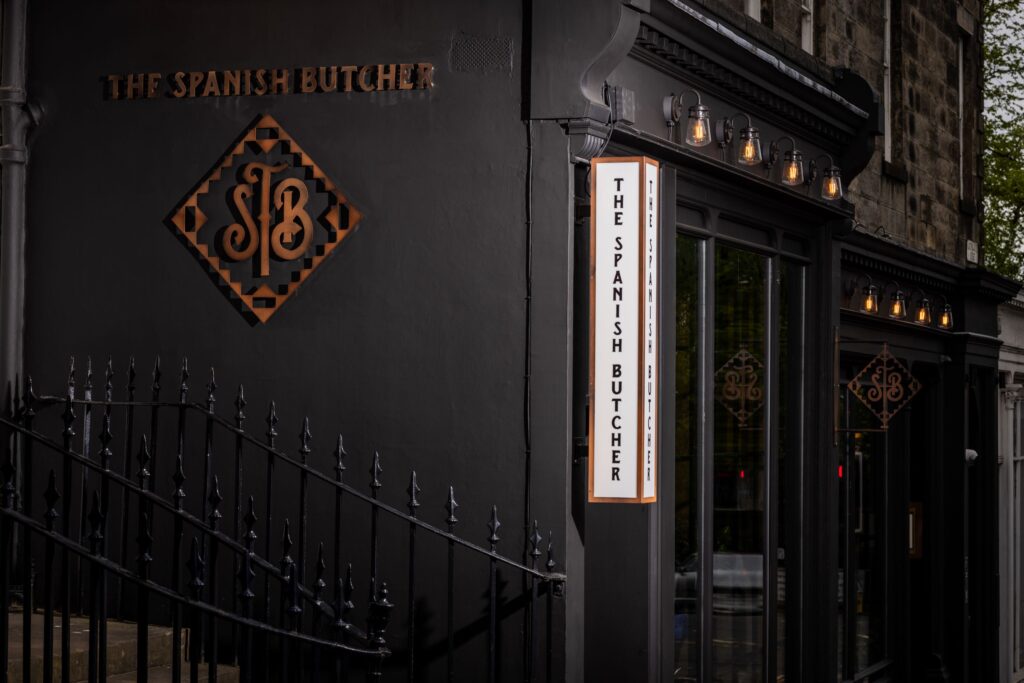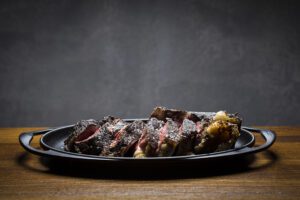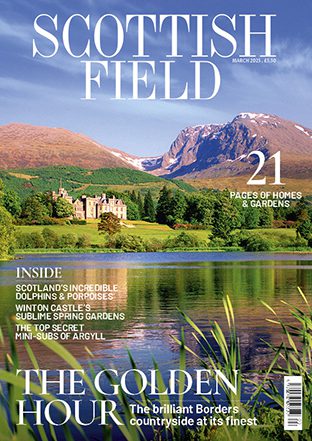
The Spanish Butcher, Edinburgh celebrates its first birthday and the rise of Galician Blond beef
RUSK & RUSK, the independent Scottish restaurant group behind the award-winning dining concept, The Spanish Butcher, will this week mark its first year in Edinburgh with a celebration of aged Galician Blond beef.
Readers who regularly dip into the Scottish Field website might remember that I was lucky enough to dine at The Spanish Butcher on North Castle Street shortly after it opened its doors. I enjoyed its distinctive Galicia meets Brooklyn styling and was really impressed with the Galician blond beef, which was the undeniable star of the show. But it wasn’t just the depth of flavour that impressed me. I was intrigued by cows that were allowed to graze for a minimum of eight years, and sometimes for as many as eighteen years, before being slaughtered (insert your own joke here about why I might feel a certain affinity with these old, fat cows). It seems I wasn’t the only one.

The Spanish Butcher has been at the forefront of the Galician beef renaissance along with a select few restaurateurs: Nemanja Borjanović (Ibai, Lurra and Donostia), Tomos Parry (Brat and Mountain), and Charlie Carroll (The Devonshire in Soho) being the most notable.
Now popular amongst cult chefs, specialist butchers, esteemed food writers and celebrities galore, Galician Blond, and its trajectory to what many are hailing as the best tasting steak in the world, is a hot topic in international food circles. So what is underpinning its popularity? Old beef – old in terms of the age of cow, not the length of time of ageing – is a major factor in delivering the amazing flavour of Galician. The breed matures slowly on lush pastures, over a far longer period of time than is traditional, having lived a fulfilled life while laying down intramuscular fat (marbling) slowly. This slow maturing is not only sustainable and ethical, it produces the Galician’s intense flavour. The fat developed is golden yellow, denoting the length of time spent out on pasture eating natural sources of food – grasses, haylage and home-made silage. With no time constraints to rush the process, the Galician opens up the choice of deliciously different flavour profiles.
Augmenting its rise in popularity is the news that Borjanović has recently succeeded in breeding two Galician Blond calves at his British farm.
Delivering a big hit of indulgence on the plate, with unmistakable fire-licked flavours of the Spanish region, the Rubia Gallega breed of cattle (known simply as Galician Blond) is native to the green pastures of Galicia in north-western Spain and takes a starring role on The Spanish Butcher menu.
The Spanish Butcher, 58a North Castle Street, Edinburgh EH2 3LU
Tel: 0131 322 0525
Subscribe to read the latest issue of Scottish Field.
TAGS

